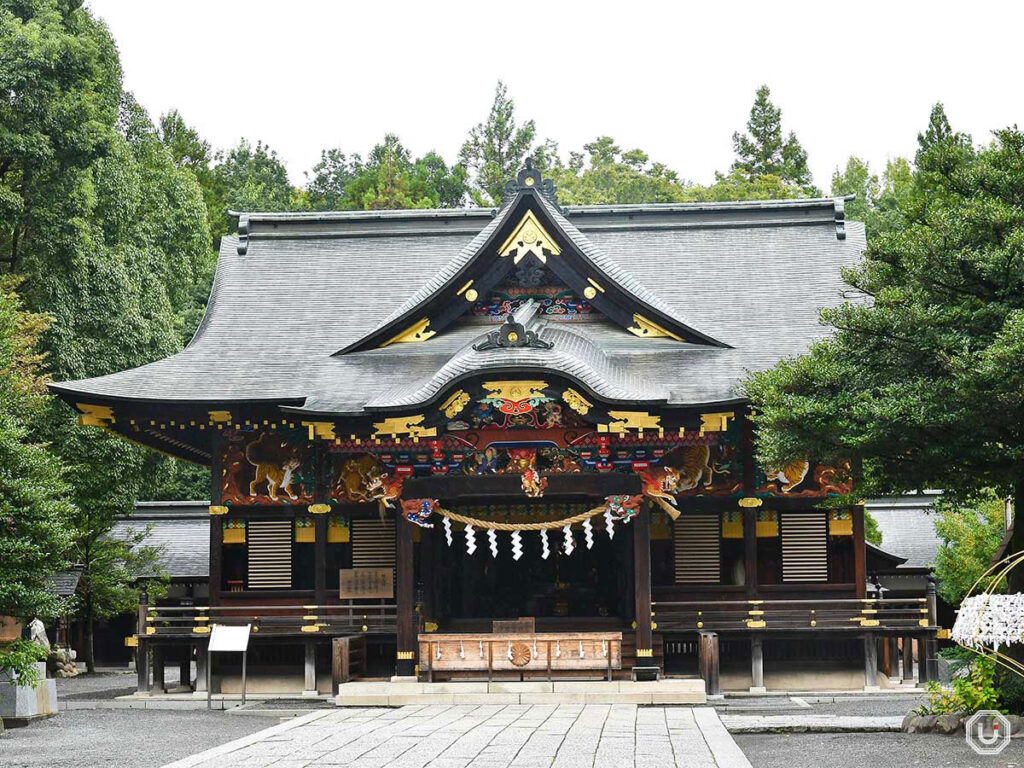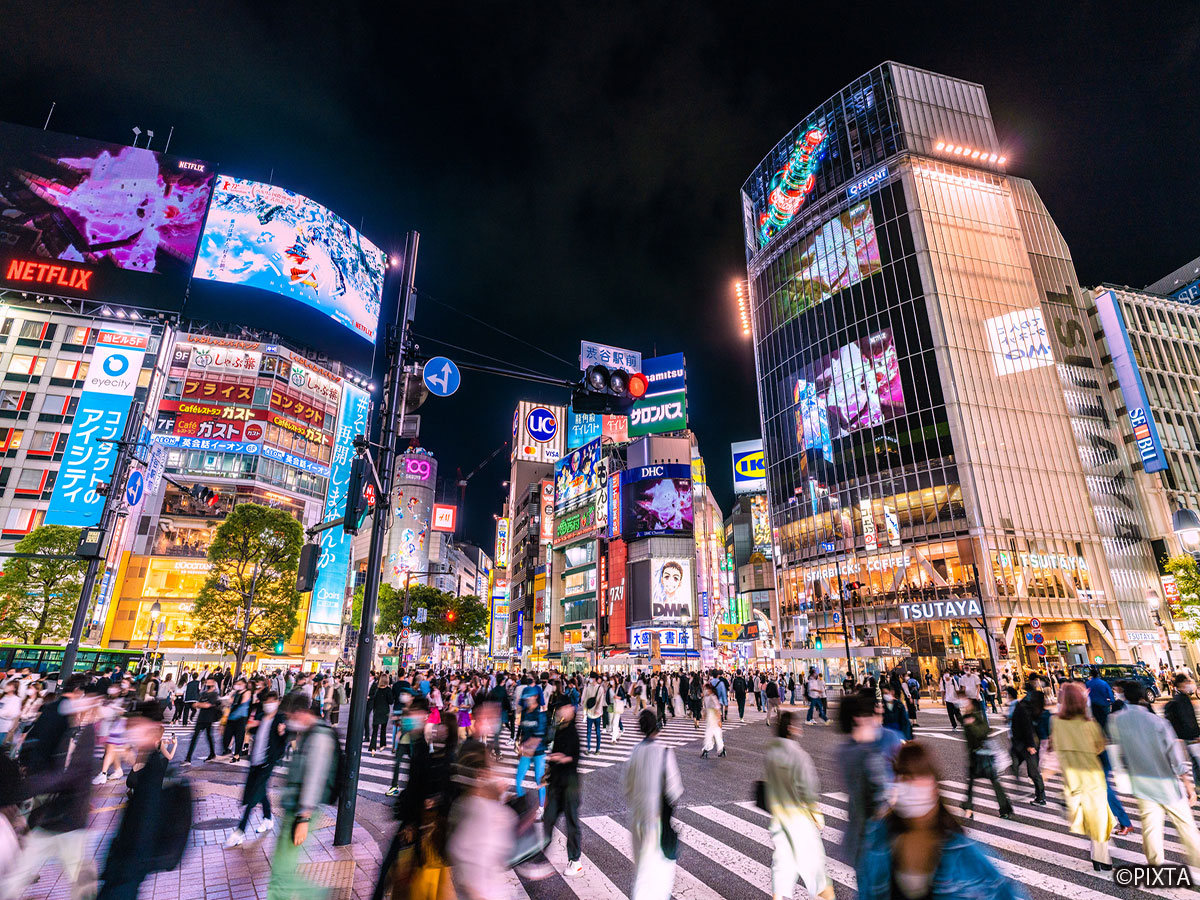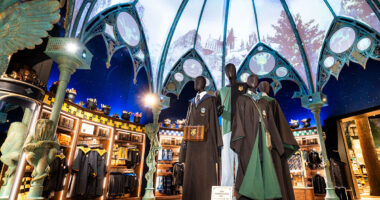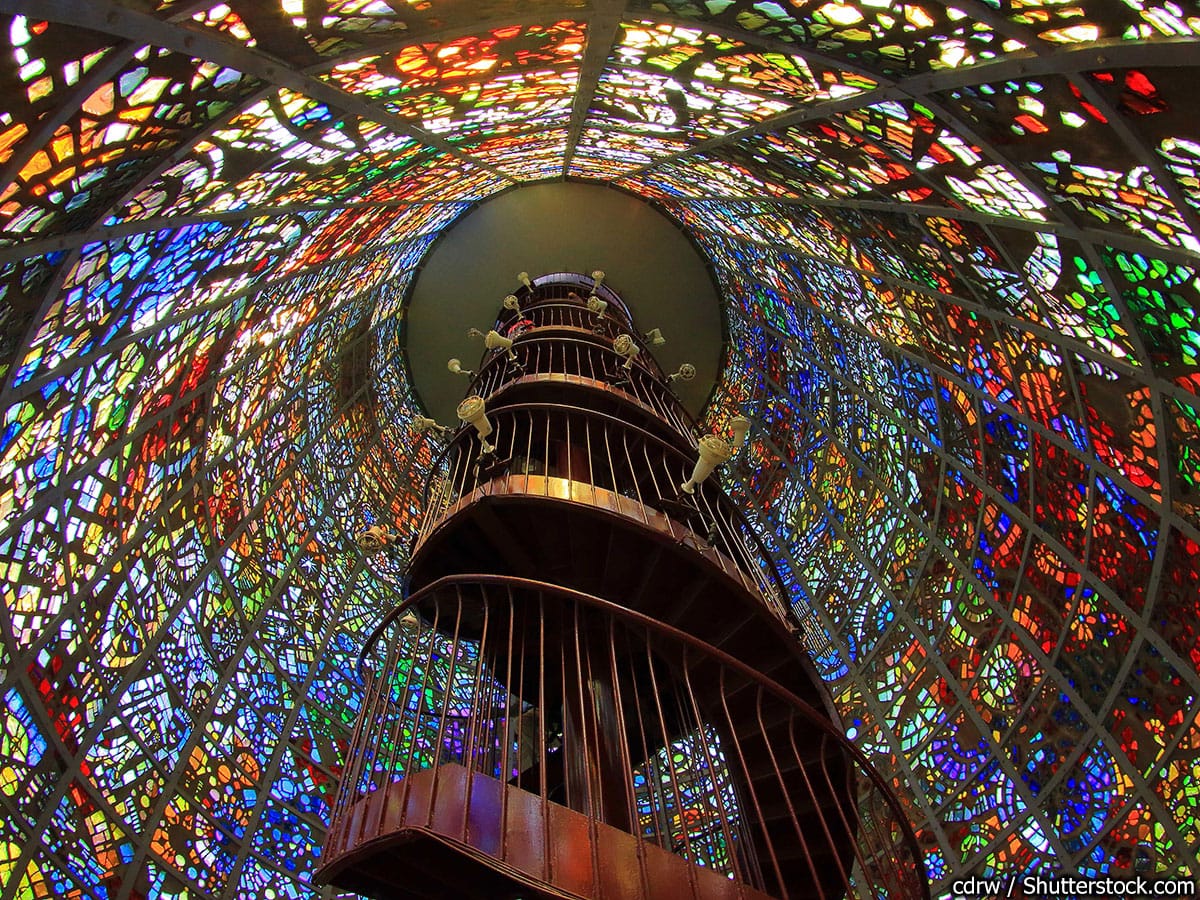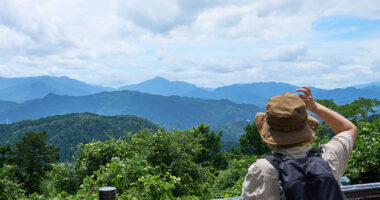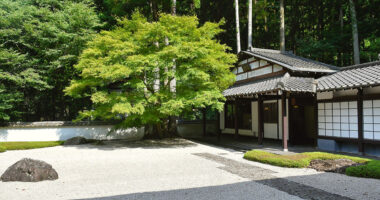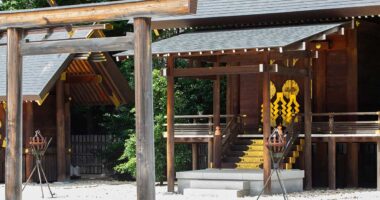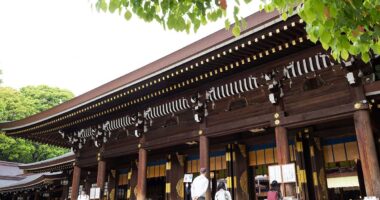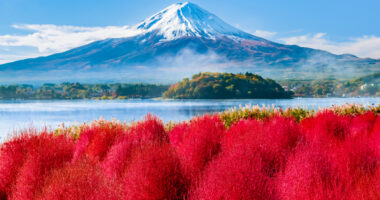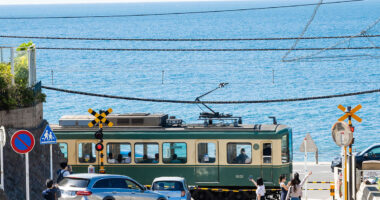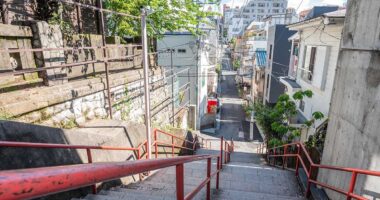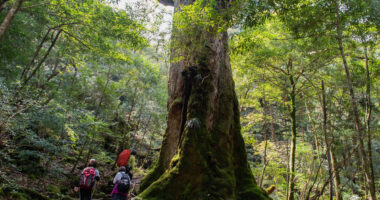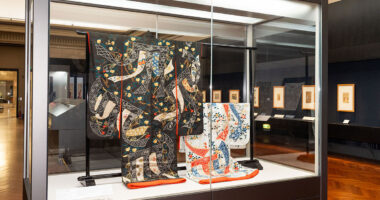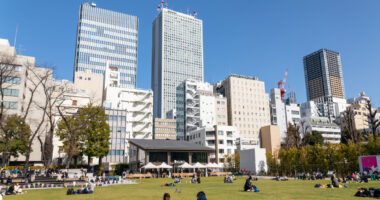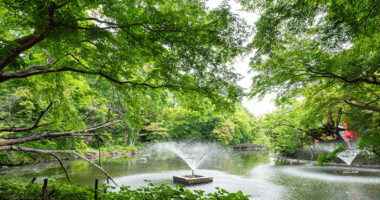Just a 90-minute journey from central Tokyo, the Chichibu area in Saitama Prefecture has become an increasingly popular destination for day trips in recent years.
Chichibu Shrine is one of the most iconic spiritual and cultural landmarks of this fascinating region.
The spiritual heart of the ancient Chichibu Province
Chichibu Shrine was founded over 2,100 years ago, making it a historically significant site. It originally served as the central guardian shrine for Chichibu Province, then known as “Chichibu no Kuni,” and continues to welcome many worshippers to this day.
The shrine’s excellent accessibility is another highlight: It is a three-minute walk from Chichibu Station on the Chichibu Railway and a 15-minute walk from Seibu-Chichibu Station.
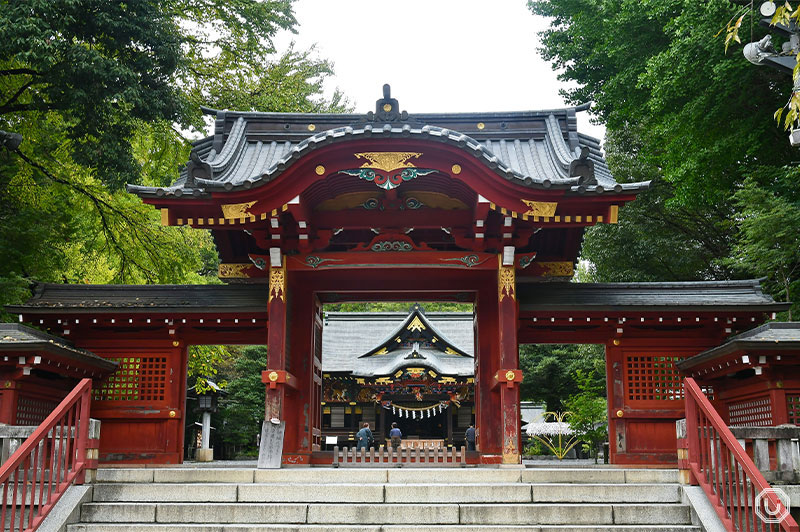
Chichibu Shrine is located in the heart of the Chichibu area, surrounded by lush greenery. Stepping onto the shrine grounds, you are greeted by a peaceful and quiet space encircled by trees.
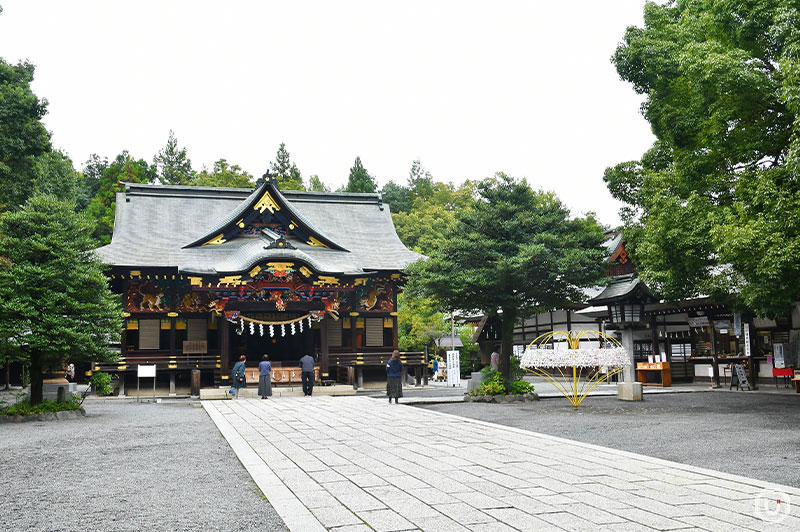
Once inside, your first stop should be the main worship hall for prayer. Begin by tossing a coin into the offering box, then bow deeply twice. Clap twice, press your hands together in silent prayer, and conclude with a final bow. This is a traditional protocol often referred to as the “two bows-two claps-one bow” style.
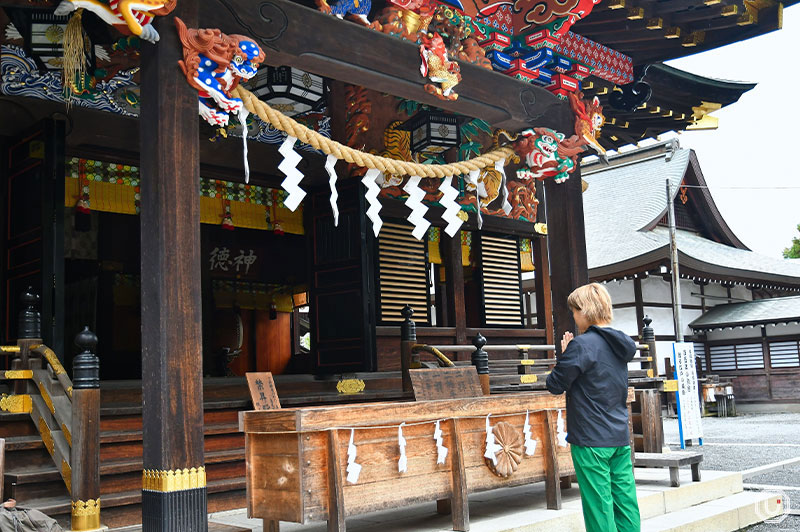
The shrine’s emblem features a ginkgo leaf, and the grounds are home to numerous ginkgo trees that showcase stunning autumn foliage.
One of them is particularly noteworthy: a ginkgo tree called “Chichi Ichō” (literally “breast ginkgo”), thusly named because of its appearance reminiscent of a woman’s bosom. Its unique presence stands out among the many trees in the shrine’s grounds.
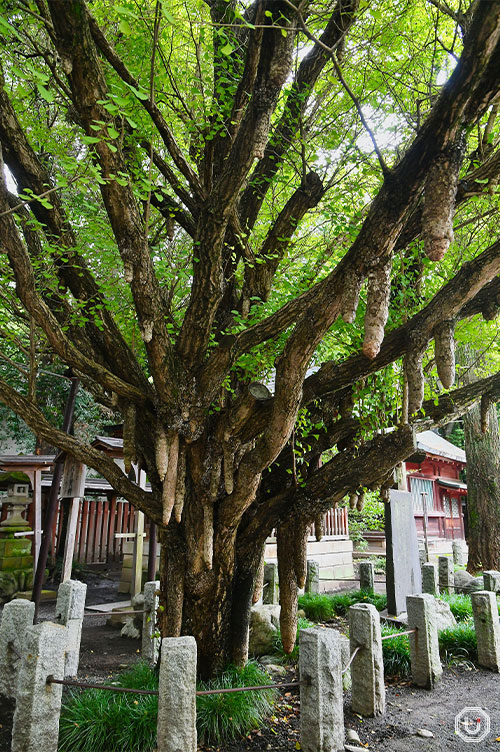
“乳銀杏,” Chichi Icho
Don’t miss the vibrant and intricate carvings!
The highlight of Chichibu Shrine is undoubtedly its beautifully decorated main worship hall. After the shrine was destroyed by fire in 1569, Tokugawa Ieyasu, the shogun of the Edo period, oversaw its reconstruction in 1592. Its resemblance to Nikkō Tōshō-gū Shrine in Tochigi Prefecture comes from their shared connection to Tokugawa Ieyasu.
The shrine underwent major restoration beginning in 2019, with the work completed in October 2024. Visitors can now enjoy its vivid beauty in all its restored glory.
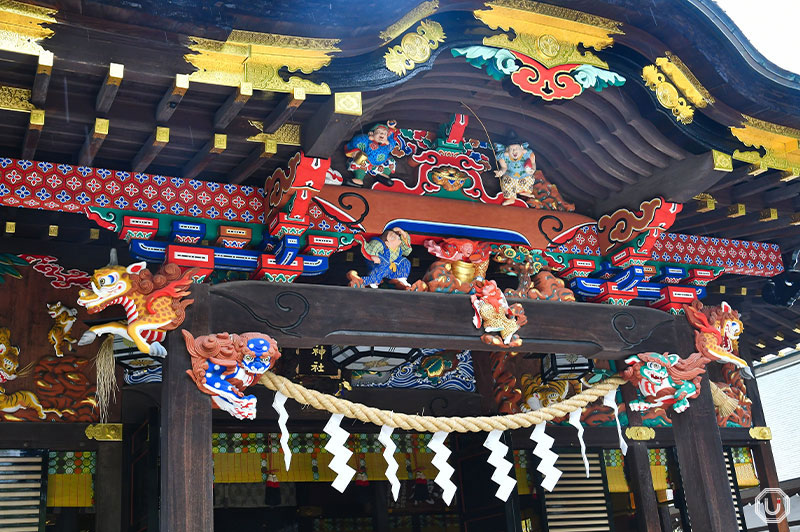
The main building features carvings on all four sides, so be sure to take a walk around and appreciate the craftsmanship from every angle.
Among these carvings, the “Ogenki Sanzaru” (three lively monkeys) is particularly eye-catching.
While the three monkeys at Nikkō Tōshō-gū Shrine are famous for their “see no evil, hear no evil, speak no evil” poses, Chichibu Shrine’s monkeys take the opposite approach: “look intently, listen closely, and speak a lot.” Their distinctive appearance earned them the “lively” nickname.
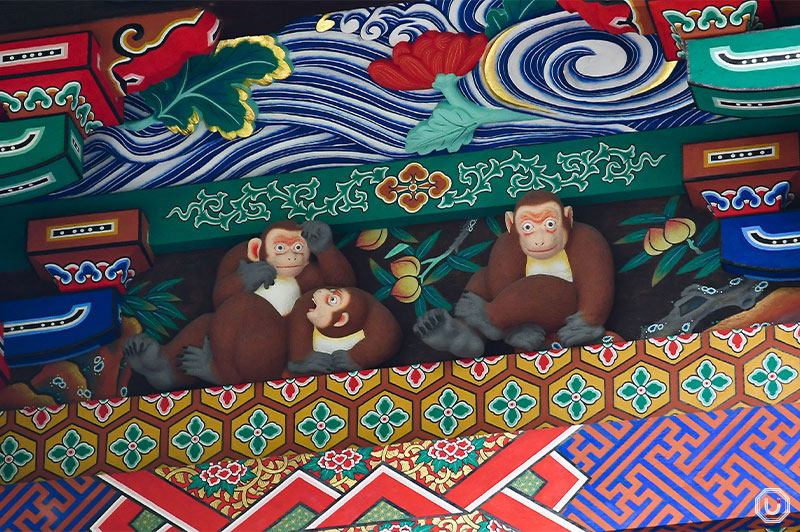
“お元気三猿,” Ogenki Sanzaru
On the north side of the main building, you’ll find the “Hokushin no Fukurō” (North Star owl). In Japanese culture, owls symbolize wisdom and are considered good luck. The word for owl, fukurō, can also mean “no hardships.”
If you spot this carving, make a quiet wish—it’s said to bring good fortune!
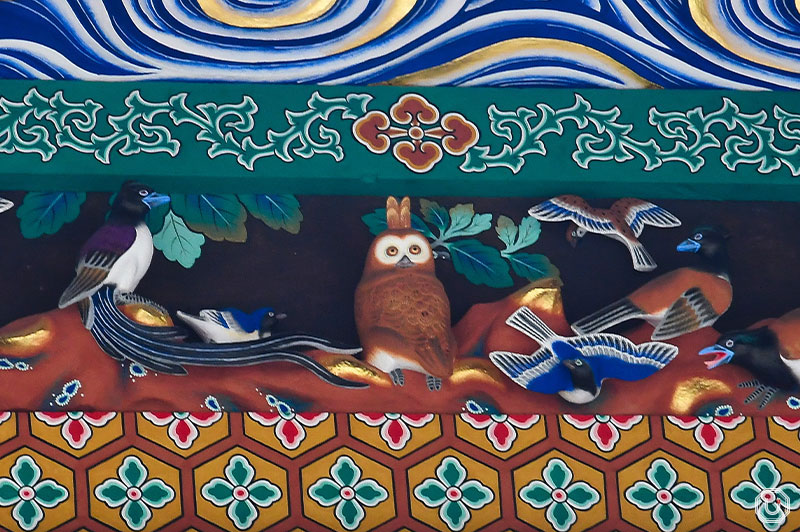
“北辰の梟,” Hokushin no Fukuro
Another must-see is the “Tsunagi no Ryū” (chained dragon) attributed to the renowned Edo-period artisan Hidari Jingorō. According to legend, this carving was so lifelike that villagers feared the dragon might come to life and escape into a nearby pond. To prevent this, they bound it with chains.
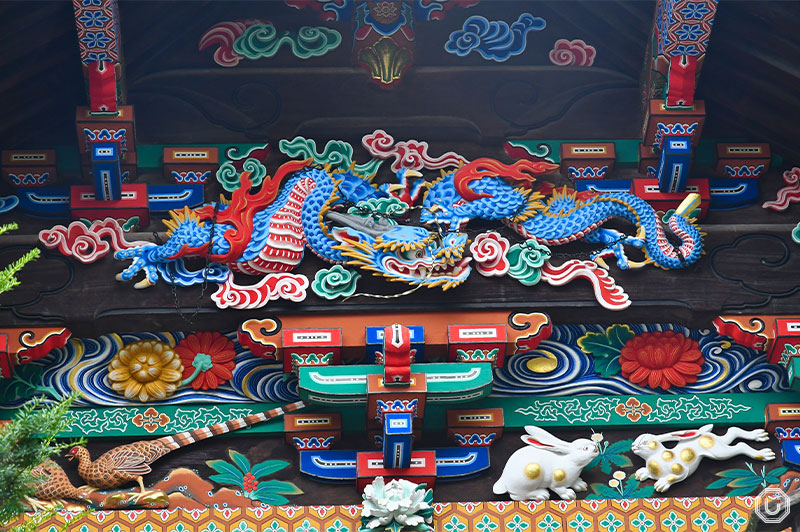
“つなぎの龍,” Tsunagi no Ryu
Also carved by the same artist is the pair of tigers called the “Kodakara Kosodate no Tora” (tigers of fertility and child-rearing), expressing the importance of parenting.
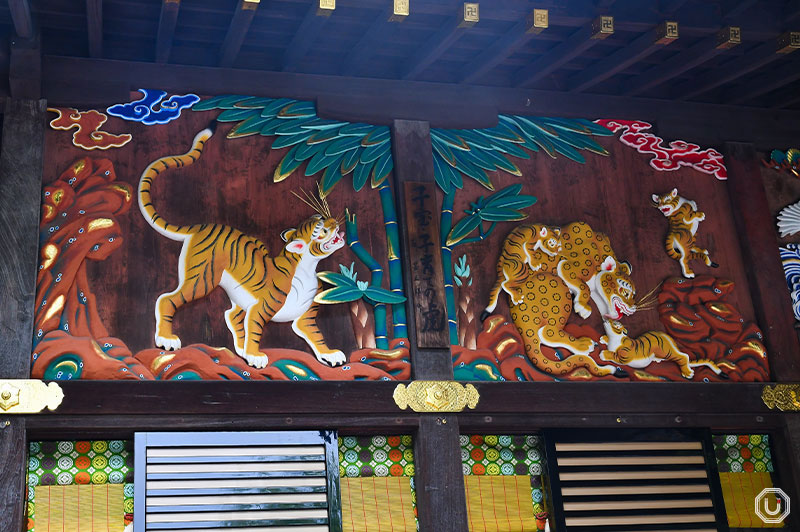
“子宝・子育ての虎,” Kodakara Kosodate no Tora
Take home unique souvenirs to commemorate your visit
At the brook called the “Nara no Misogi-Gawa” (literally, “purification brook by the oaks”) which flows through the shrine grounds, you can experience the unique “Mizu Mikuji” (water fortune).
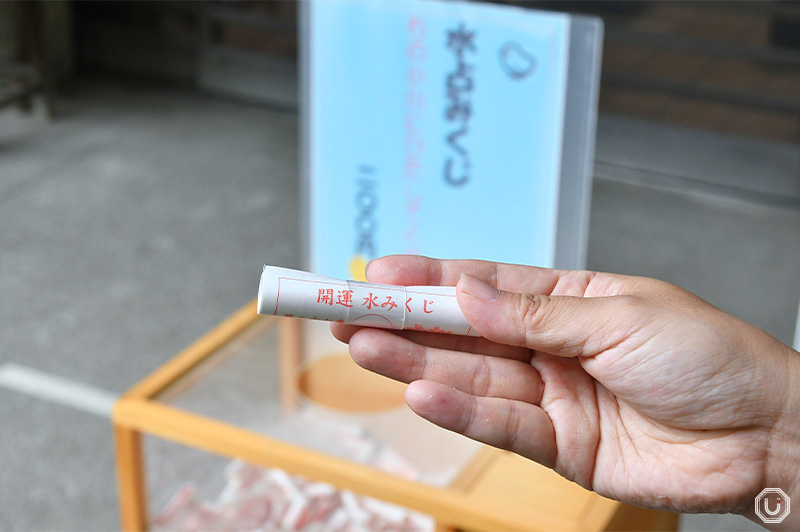
“水みくじ,” Mizu Mikuji 200 JPY
This version of mikuji (fortune slips available at Japanese shrines or temples) offers a unique twist compared to the standard type: Your fortune only appears when immersed in water.
The water of the sacred purification brook originates as the underground spring water of Mount Bukō, a towering mountain overlooking Chichibu City. Crystal clear, it has a tranquil beauty that feels cleansing to the soul.
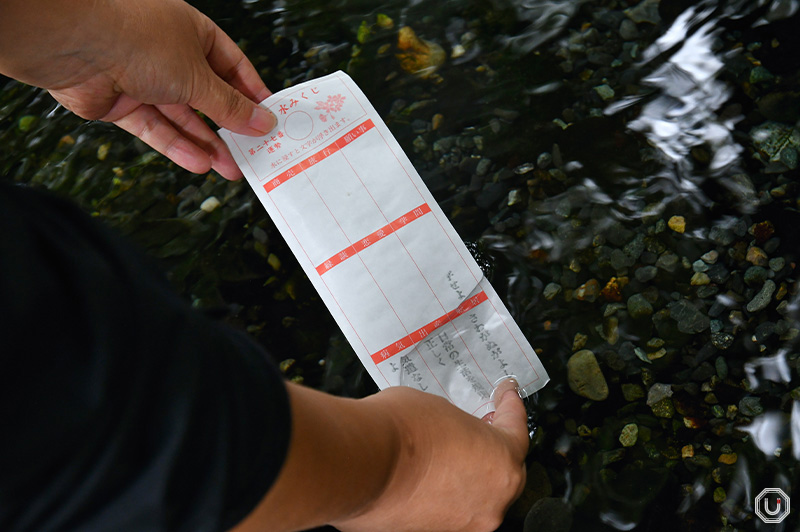
The shrine also offers omamori (amulets available at Japanese shrines and temples and granting good luck or protection) inspired by the intricate carvings of the main worship hall.
You can find netsuke (miniature sculptures) versions featuring the abovementioned four animal carvings. Each one is said to bring blessings that align with the depicted carving’s meaning, making them ideal for both personal use and gifts.
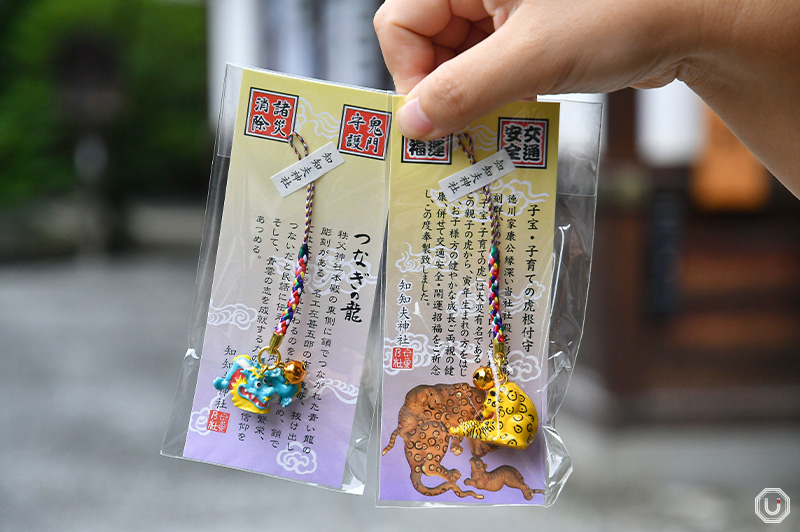
“社殿彫刻守,” worship hall carving amulets 900 JPY apiece
The “Chi’e Fukurō” (wisdom owl) charm, inspired by the North Star owl, is particularly popular for blessings related to academic success and good fortune.
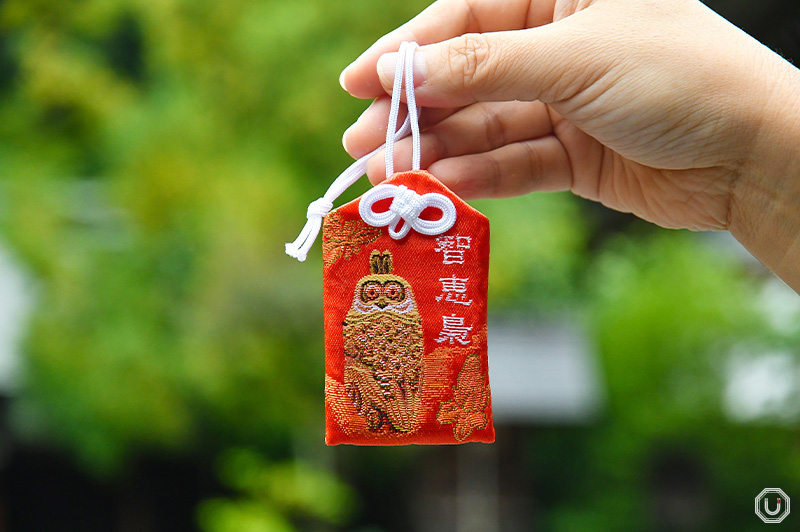
“お守り(智恵梟),” Omamori (Chi’e Fukuro) 1,000 JPY
The shrine’s ema (wooden votive plaques on which visitors write their wishes), featuring three-dimensional carvings of the Ogenki Sanzaru, are also popular. Write down your wish and hang your ema on the designated racks.
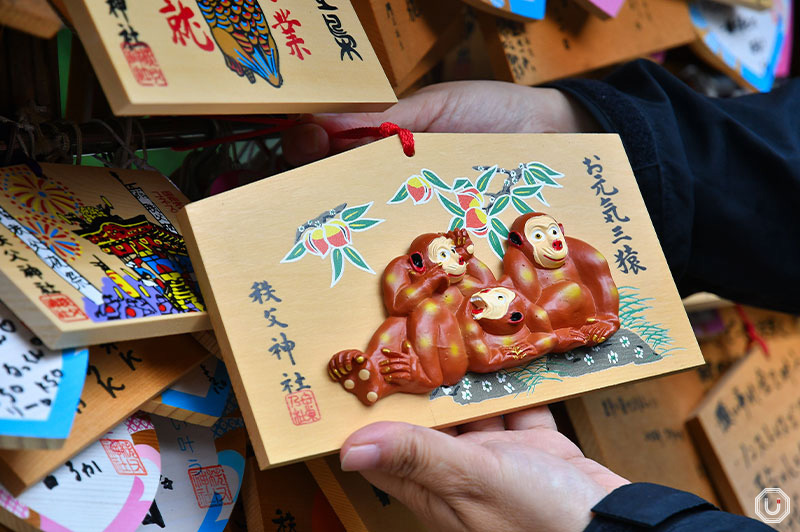
“お元気三猿絵馬,” Ogenki Sanzaru ema 1,600 JPY
Complete your visit by collecting a goshuin (a special seal obtained as proof of pilgrimage) for 500 JPY. During busy times, it may take a while, so be sure to allow plenty of time when making your request.
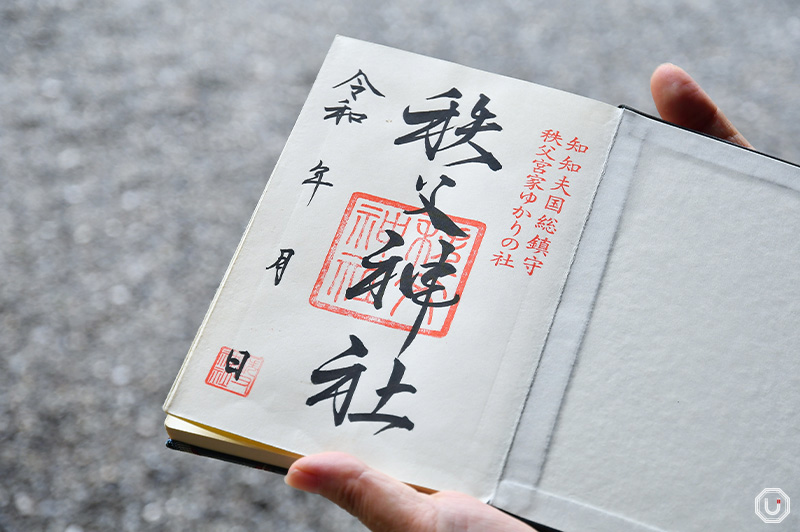
Goshuin seal 500 JPY
For a memorable keepsake, pair it with the shrine’s goshuinchō (seal book), which features embroidered designs of the tigers of fertility and child-rearing, and the chained dragon.
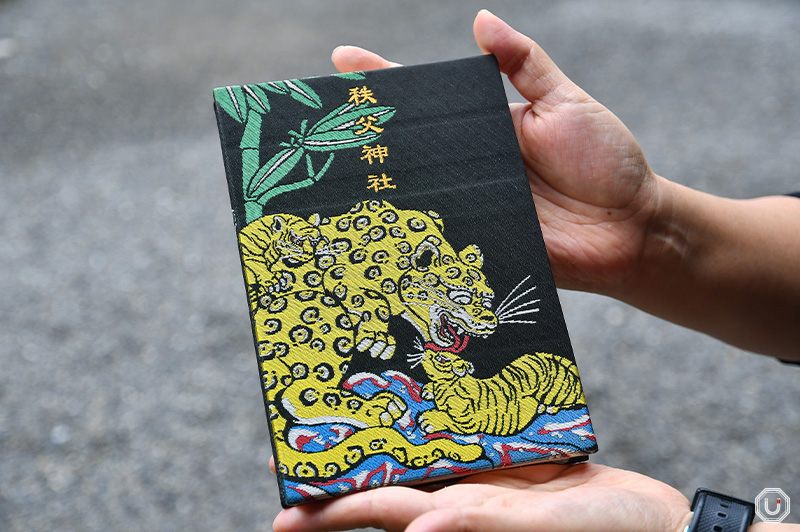
Goshuincho 2,000 JPY
Additionally, the grounds house smaller shrines like the Hahaso Inari Shrine, which is dedicated to the deity of business prosperity. Chichibu Shrine is filled with many other spots perfect for leisurely sightseeing. You’re sure to have a wonderful time when you visit!
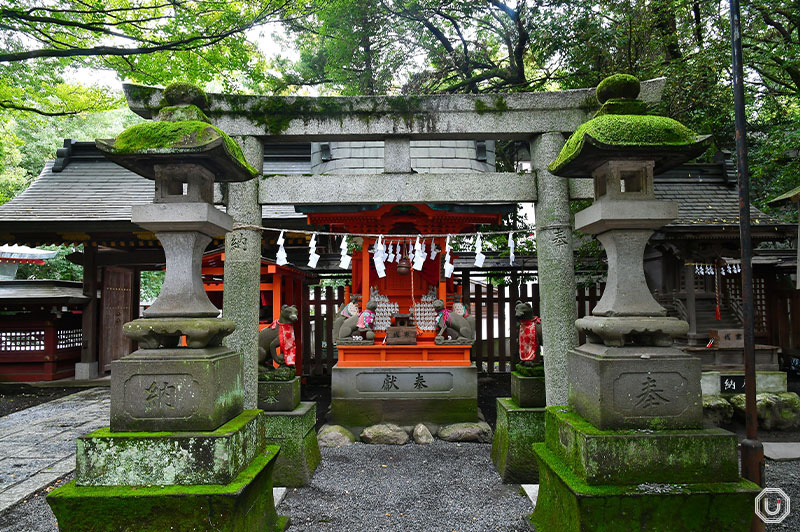
Hahaso Inari Shrine
Shrine Information
| Name | 秩父神社 Chichibu Shrine |
|---|---|
| Address | 1-3 Banbamachi, Chichibu City, Saitama Prefecture
|
| Access |
Chichibu Station 5-minute walk
Seibu-Chichibu Station 15-minute walk from the gate
|
| Phone number | 0494-22-0262 |
| Visiting Hours | 24 hours |
| Sacred Items | 9:00-17:00 |
| Goshuin | 9:00-17:00 |
| Omikuji | 9:00-17:00 |
| Admission fee | Free |
| Official website | https://www.chichibu-jinja.or.jp/ |
| Other information |
|
※The information in this article is current as of November 2024.
